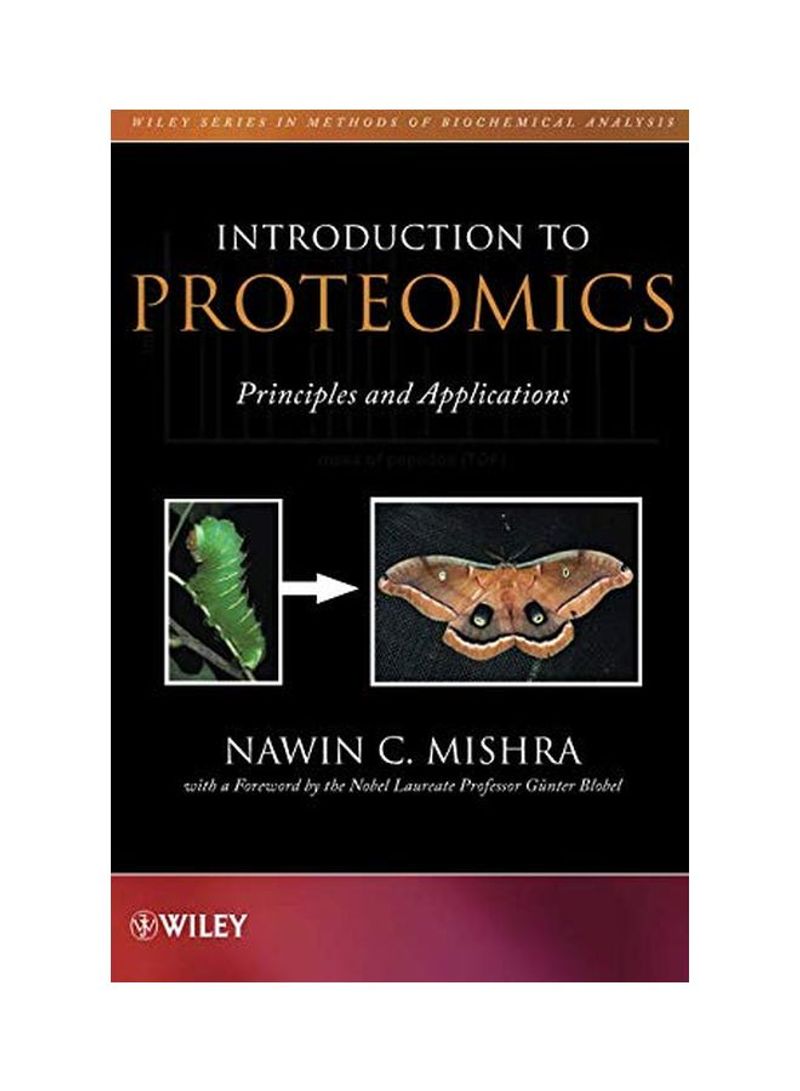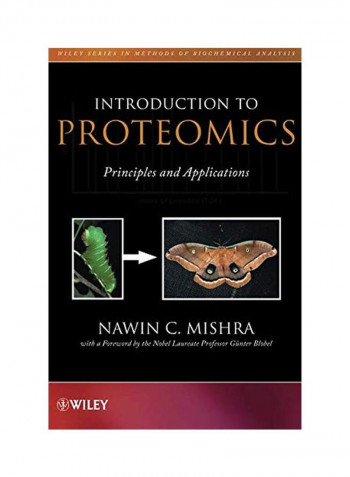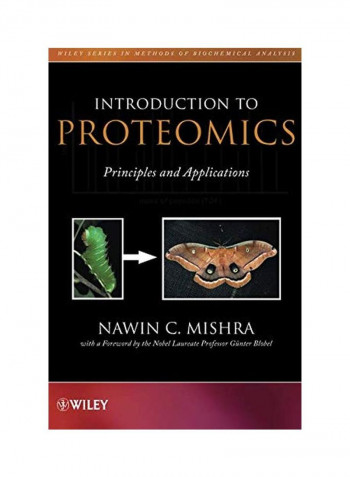Introduction To Proteomics: Principles And Applications Paperback
Recommend
Sort by
Rating
Date
Specifications
Author 1
Nawin C. Mishra
Book Description
Proteomics provides an introductory insight on proteomics, discussing the basic principles of the field, how to apply specific technologies and instrumentation, and example applications in human health and diseases. With helpful study questions, this textbook presents an easy to grasp and solid overview and understanding of the principles, guidelines, and especially the complex instrumentation operations in proteomics for new students and research scientists. Written by a leader in proteomics studies, Proteomics offers an expert perspective on the field and the future of proteomics.
ISBN-13
9780471754022
Language
English
Publisher
John Wiley And Sons Ltd
Publication Date
24 May 2010
Number of Pages
200
About the Author
NAWIN C. MISHRA, PhD, is an Emeritus Professor of Molecular Genetics and Genomics at the Department of Biological Sciences at the University of South Carolina. Professor Mishra has also served as a scientific consultant to the FAO of the United Nations, as Chairman of the Program Committee of the Genetics Society of America, and on the review panel of the Human Genome Project for the United States DOE. Professor Mishra has published over sixty articles in prominent research journals, including Nature, the Proceedings of the United States National Academy of Sciences, and Genetics.
Editorial Review
The Author offers an expert perspective on the entire field, including: Easily accessible overview of the principles of proteomics; Coverage of real-world, cutting-edge medical applications, including personalized medicine; Clear guidelines on how to operate the complex instrumentation involved in proteomics; Discussion of the future of proteomics". (Anticancer Research, 1 August 2010) This book provides a highly authoritative introduction to the promising and fast-advancing field of proteomics, examining the role proteomics plays in the study of biological systems in general and disease in particular. It helps readers understand the structure, function, and interactions of proteins and how this knowledge is used for identifying diseases and developing new drugs." (Forbes.com, 1 November 2010) "For undergraduate and graduate biology and non-biology students and new researchers, Mishra (molecular genetics and genomics, U. of South Carolina) introduces the field of proteomics and its role in the study of biological systems and disease." (Book News, September 2010)



